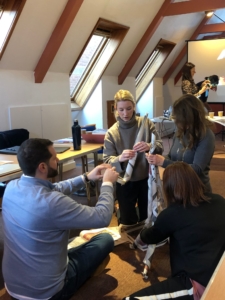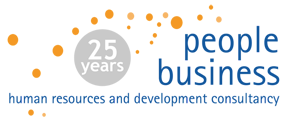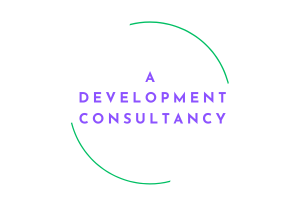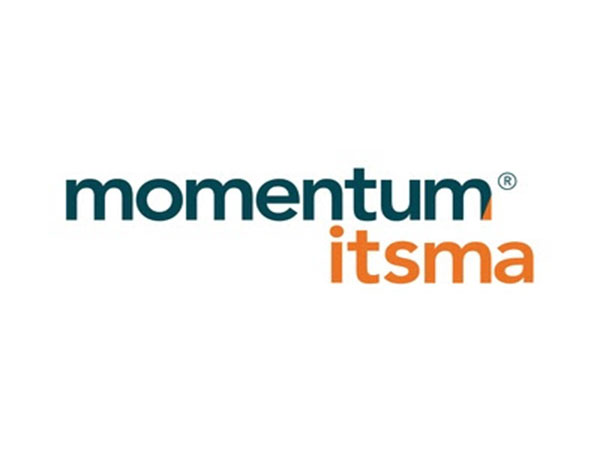There’s a place for energisers outside the training room
 We’ve talked in a previous blog about the power of energisers – such activities don’t just boost energy levels they can also engage an audience, aid connection and help communicate key messages.
We’ve talked in a previous blog about the power of energisers – such activities don’t just boost energy levels they can also engage an audience, aid connection and help communicate key messages.
We recently held our People Business team day, which was kicked off with an energiser activity and it got us thinking about the power of energisers outside of the training room.
As facilitators of online and virtual events we’re often adding energiser activities into our session with clients, but we also know they have a place outside of conventional training environments.
Our Senior Consultant, Chrissie Saunders comments, “I think energiser activities are often under-valued, perhaps viewed as frivolity or as taking up valuable meeting time, however if well thought through a short energiser activity can have real impact! They also don’t have to be delivered by trained facilitators – anyone, if they’ve done a bit of preparation, can deliver an effective energiser.”
So, how can leaders or managers role-model the use of energisers at work?
1) Use them to kick-off meetings
Moving from meeting to meeting is part and parcel of corporate life but it can be hard to change gear and turn up ready to focus. If time allows consider adding a short energiser activity to the start of meetings, with the purpose of allowing your people a chance to re-set.
For example, whether face to face or remote, something simple like asking people to answer questions by sitting or standing gets people moving and provides an opportunity to shake off the previous meeting physically and mentally.
2) Incorporate energisers into team away days
Full day events such as team away days are the perfect opportunity to introduce energisers. Incorporating an energiser in the morning raises spirit, gets people excited for the day ahead and can also help highlight the key message of the day.
For example, if your in-person team day was focused on promoting collaborative working then putting people into cross functional teams and asking them to undertake the ‘paper tower challenge’ would be a relevant energiser activity. For this energiser, you’d provide each team with paper (newspaper works well) and sticky tape and task them to produce the tallest tower possible under timed conditions. Not only does this lift energy levels but teams will also be required to communicate effectively under time pressure to succeed.
3) Use them to help communicate important messages
While energisers boost energy, as mentioned above they can also be used to help communicate key messages. If your organisation is going through a period of change, or perhaps trying to bring about a cultural shift, energiser activities could play a part in aiding the transition.
For example, let’s say you’re trying to bring about a culture of open-communication, you could introduce an energiser such as asking each person in a group, whether at the start of a meeting or morning team huddle, to best describe their weekend in one sentence. This not only helps colleagues get to know each other it also encourages people to think about how best they can articulate a topic in simple, clear terms.
4) Make energisers a regular feature
At People Business we host energiser meetings – the purpose of the meetings is to connect colleagues across the organisation and to inject a little energy into everyone’s day. A member of the team is tasked with hosting an ‘energiser’ activity of their choice to connect and uplift the group. The meetings don’t have to be long but having something regular anchored into the diary helps us prioritise energisers. You could try introducing something similar.
Our Consulting Director, Graeme Rainbird reflects, “My advice to get the maximum benefit from an energiser is to think carefully about the debrief. If the activity is simply to create a buzz of energy – fine – you might not have a follow-up discussion. But if you want to turn the dial on collaboration or communication, prepare a few questions that link the activity back to the day job. For example:
- What helped us succeed in that task?
- How is this activity similar to what we do together day to day?”
- What are the ideas and actions that we will take away?
As mentioned in our previous blog it’s always important to be mindful of your audience when picking energiser activities – ensure you’ve picked an appropriate activity which everyone’s able to participate in.
If you’re interested in speaking to one of our experienced consultants, do get in touch.




